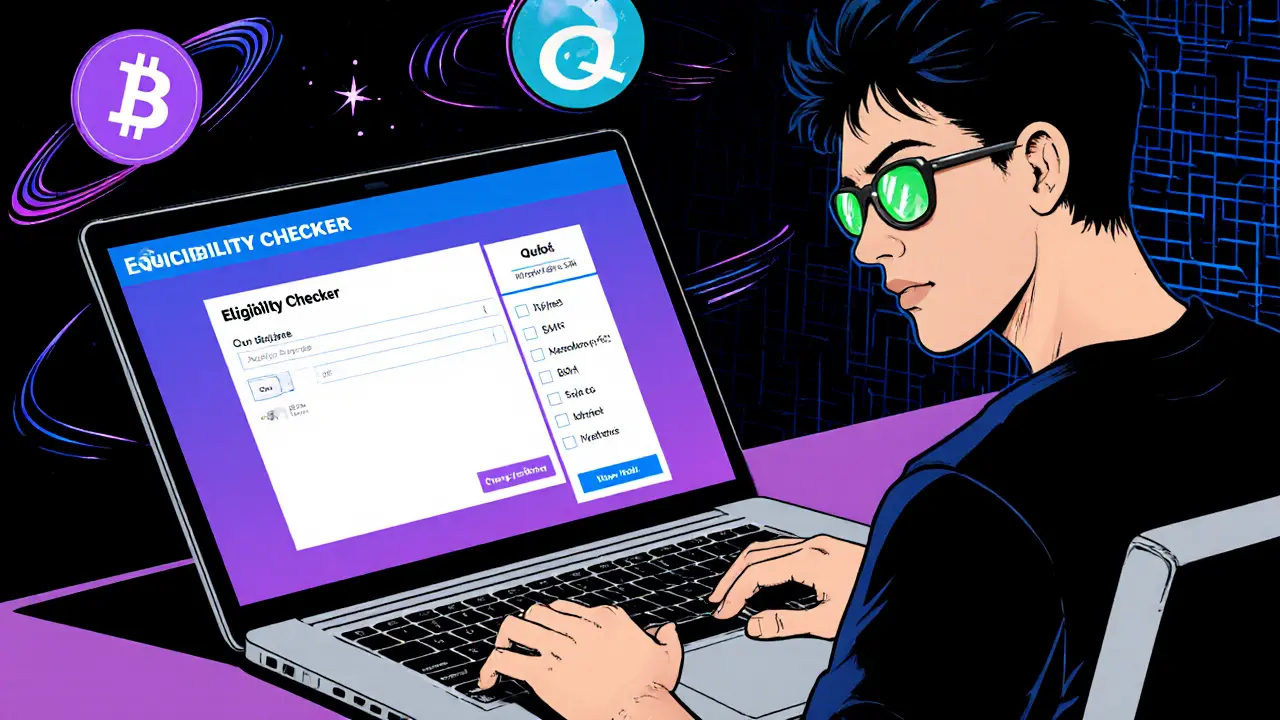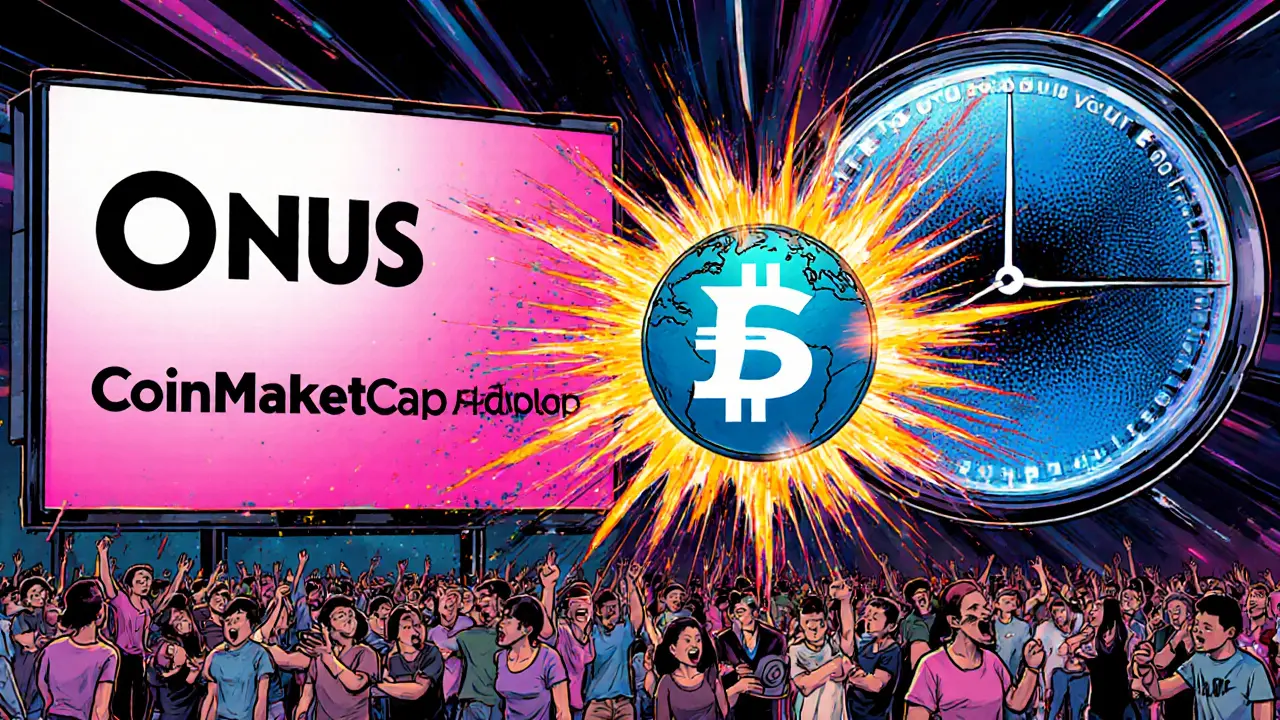Binance Smart Chain – Fast, Low‑Cost Blockchain for DeFi and Tokens
When working with Binance Smart Chain, a high‑performance sidechain that runs alongside Ethereum and supports the BEP‑20 token standard. Also known as BSC, it delivers fast block times and cheap gas fees, making it a popular choice for developers and traders alike.
The engine behind BSC is smart contracts, self‑executing code that runs on the blockchain without a middleman. These contracts enable automated finance, token swaps and NFT minting on the network. Because BSC is EVM‑compatible, developers can port Ethereum smart contracts with minimal changes.
Tokens on BSC follow the BEP‑20 standard, the equivalent of Ethereum's ERC‑20 but with lower transaction costs. Every BEP‑20 coin you see in a DeFi dashboard, an airdrop claim, or a staking pool is built on this specification. The standard defines how tokens are transferred, how balances are queried, and how other contracts can interact with them.
DeFi, decentralized finance applications that let users lend, borrow, earn yield or trade without banks thrives on BSC because the network offers the speed needed for high‑frequency swaps and the affordability required for small‑scale users. Yield farms, automated market makers and liquidity mining programs often reward participants in BEP‑20 tokens, creating a vibrant ecosystem.
How BSC Connects to the Wider Crypto World
One of the biggest strengths of Binance Smart Chain is its ability to bridge assets to other blockchains. Cross‑chain bridges let you move BEP‑20 tokens to Ethereum, Solana or Polygon, opening up liquidity and arbitrage opportunities. This interoperability is why many projects launch a BSC version of their token to tap into the low‑fee market while still keeping access to larger ecosystems.
Security on BSC relies on a limited set of validators that produce blocks every three seconds. While this design speeds up transaction finality, it also means you should stay aware of validator performance and network upgrades. Keeping an eye on these factors helps you avoid downtime and protects your DeFi positions.
From a user perspective, the everyday experience on BSC feels familiar if you’ve used Ethereum before – wallets like MetaMask support BEP‑20 networks, and popular DEXs such as PancakeSwap mirror Uniswap’s interface. The main difference is you’ll notice the gas fees are a fraction of what you’d pay on Ethereum, which matters when you’re claiming airdrops or swapping low‑value tokens.
Our collection below dives into real‑world use cases you’ll meet on Binance Smart Chain. You’ll find detailed breakdowns of mining difficulty, airdrop verification, cross‑chain token bridges, DeFi security tips and more. Whether you’re hunting a new BEP‑20 airdrop, comparing DEX fees, or learning how smart contracts secure the network, the articles give you actionable insights without the jargon.
Ready to explore? Scroll down to discover guides that walk you through everything from token analysis to staking strategies, all backed by the fast, low‑cost nature of Binance Smart Chain.

ElonTech (ETCH) Airdrop Details: What You Need to Know in 2025
Explore the current status of the ElonTech (ETCH) airdrop, token details, and how to verify legitimate crypto airdrops in 2025.
October 5 2025
BIBI Crypto Coin Explained: What It Is, How It Works & Market Outlook
Discover what BIBI crypto coin is, how it works on Binance Smart Chain, its tokenomics, market data, community role, risks, and how to buy it safely.
August 22 2025
QBT Airdrop Details: BSC MVB III x Qubit Event Explained
A detailed look at the QBT airdrop from the BSC MVB III x Qubit event, covering dates, eligibility, claim process, impact, and safety tips.
December 18 2024
ONUS x CoinMarketCap Airdrop Details, Winners, and Long‑Term Impact
Explore the ONUS x CoinMarketCap airdrop: prize pool, eligibility steps, winner stats, and its lasting impact on the ONUS ecosystem.
November 7 2024